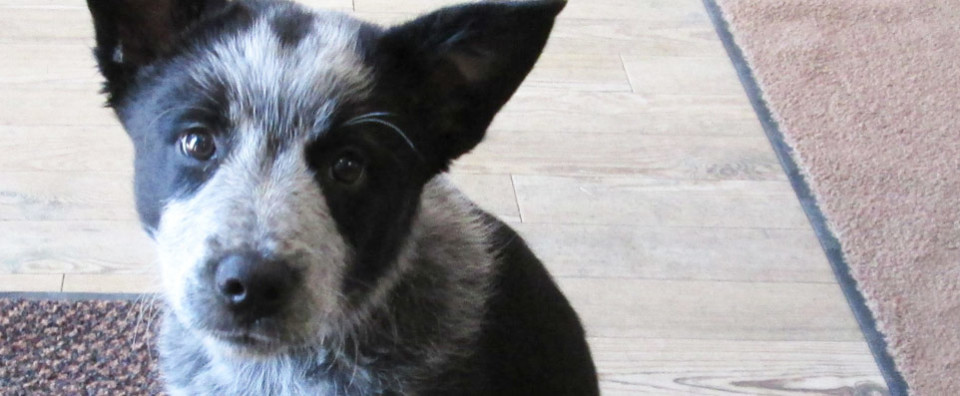Many people believe that puppy crate training is cruel, but when used for short periods of time, it is very similar to a child’s playpen or crib. It is important to be sure you are using a properly fitted crate. It should not be so large that your pup can mess and then move to an entirely different area, as this will inhibit house training. On the other hand, it needs to be large enough for your pup to stand, turn and lie down. Crates are useful in deterring destructive or aggressive behavior. Here are 8 great reasons to use a crate:
Housetraining
Crates are an efficient and humane training aid, as they take advantage or the dog’s natural tendency to keep its sleeping area clean. When housetraining, take puppy outside and give the command word. If they are more concerned about you or what is in the yard, quietly take them back inside and put them back in their crate for 5-10 minutes, then try again. They will learn that when asked, they better do their job outside before they play. REMEMBER, you should only crate your puppy for as long as they can reasonably control their bladder and bowels. Rule of thumb: Pup’s age in months + 1 (eg. 3 months + 1 = 4 hours)
Protect Your Pup with Puppy Crate Training
Crating your pup prevents them from destroying or chewing things that can potentially be very harmful. For example, they may chew electrical cords or eat a poisonous plant, toxic substances, clothing, etc. Things such as nylon socks can tear up your pup’s intestines, which usually results in surgery or death. On average it costs $1200 and up to remove something from your pup’s intestines, and there is a chance they could die. It is much cheaper to purchase a crate and reduce the risk.
Protect Your Property
The cost of replacing furniture and other belongings destroyed by your dog will be much more expensive then the initial cost of buying a crate!
Curb and Prevent Separation Anxiety
You love your dog, but you can’t spend every minute with them. Puppy crate training will help teach your dog to enjoy spending time alone. It is important that they also spend time in their crate even when you are home. Put the crate in a place where puppy can keep an eye on you as you work, this will teach them that it is okay to be in the crate when you are home. Teaching your puppy to spend time quietly in its crate when you are at home is one of the best preventives for separation anxiety.
Introduce Chew Toys
A pup that is distracted chewing a toy will stay out of trouble. Give your pup time in its crate with a non-destructible toy (eg. Kong), and it’ll become hooked on its crate and stay out of trouble!
Give a timeout
If your pup becomes excessively excited or starts nipping use the crate for a brief timeout. Don’t do this to punish your pup (NEVER use a crate negatively), rather, the timeout allows your pup to regain its composure so it can interact appropriately with you.
Travel Safely with Puppy Crate Training
No matter your mode of transportation, a crate is the best way to ensure safety. They can also be used when staying in a hotel to prevent any damage. It is also great to have when staying with friends or relatives, a crate-trained dog will be welcomed into most homes!
Provide Security
Crates provide your pup with its own quiet place to hang out. This is especially important if you have a busy household with other pets or children. To encourage your pup to allow people to pet it while inside its crate, praise it and give it tasty rewards on occasion. Let children know now to bother the pup while they’re in their crate, this is their quiet time.
We love puppies! We have been running weekly puppy socialization classes for 25 years. Check out our puppy wellness page for lots of great puppy information!





